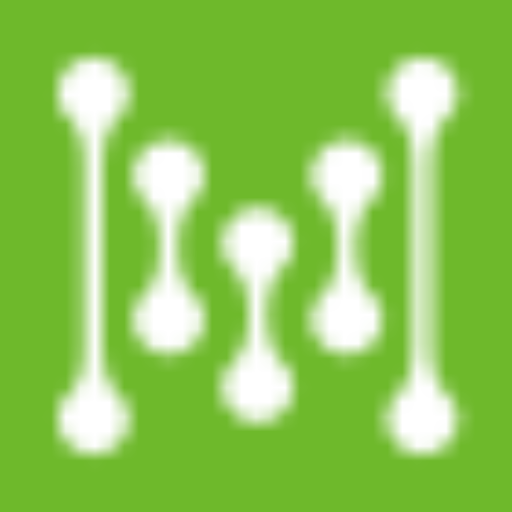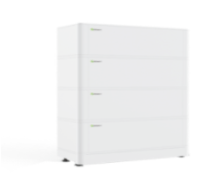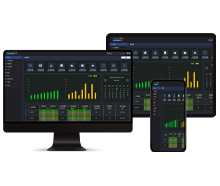Solar Inverter Make the most of the sun -
Experience seamless energy conversion
Explore Our Solar Inverters
MOKOEnergy 3~6kW

Single-phase inverter | Dual-Channel MPPT
Max efficiency 98.4%
MOKOEnergy 7~10kW

Single-phase inverter | Dual-Channel MPPT
Max efficiency 98.1%
MOKOEnergy 3~15kW
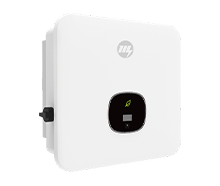
Three-phase inverter | Dual-Channel MPPT
Max efficiency 98.6%
MOKOEnergy 17~25kW

Three-phase inverter | Dual-Channel MPPT
Max efficiency 98.75%
MOKOEnergy 30~40kW
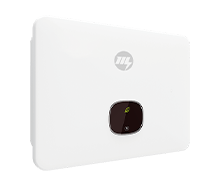
Three-phase inverter | 3/4-Channel MPPT
Max efficiency 98.8%
MOKOEnergy 12~20kW

Three-phase inverter | Dual-Channel MPPT
Max efficiency 98.75% | Series current 20A
MOKOEnergy 20~30kW

Three-phase inverter | Dual-Channel MPPT
Max efficiency 98.75% | Series current 16A
MOKOEnergy 33~50kW

Three-phase inverter | Dual-Channel MPPT
Max efficiency 98.8% | Series current 16A
MOKOEnergy 50~70kW
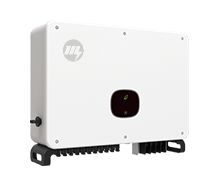
Three-phase inverter | 3-Channel MPPT
Max efficiency 98.8%
MOKOEnergy 60~80kW
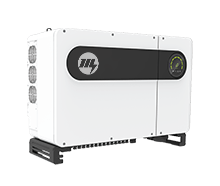
Three-phase inverter | 6/7-Channel MPPT
Max efficiency 99%
MOKOEnergy 100~150kW
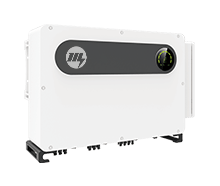
Three-phase inverter | 10-Channel MPPT
Max efficiency 99% | Series current 16A
MOKOEnergy 100~150kW

Three-phase inverter | 8-Channel MPPT
Max efficiency 99% | Series current 22.5A
MOKOEnergy 175~230kW
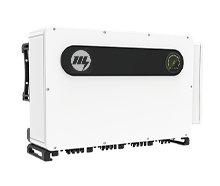
Three-phase inverter | 9/12/15-Channel MPPT
Max efficiency 99% | Series current 15A
Residential Solar Inverter
MOKOEnergy 3~6kW

Single-phase inverter | Dual-Channel MPPT
Max efficiency 98.4%
MOKOEnergy 7~10kW

Single-phase inverter | Dual-Channel MPPT
Max efficiency 98.1%
MOKOEnergy 3~15kW

Three-phase inverter | Dual-Channel MPPT
Max efficiency 98.6%
MOKOEnergy 17~25kW

Three-phase inverter | Dual-Channel MPPT
Max efficiency 98.75%
MOKOEnergy 30~40kW

Three-phase inverter | 3/4-Channel MPPT
Max efficiency 98.8%
MOKOEnergy 12~20kW

Three-phase inverter | Dual-Channel MPPT
Max efficiency 98.75% | Series current 20A
MOKOEnergy 20~30kW

Three-phase inverter | Dual-Channel MPPT
Max efficiency 98.75% | Series current 16A
MOKOEnergy 33~50kW

Three-phase inverter | Dual-Channel MPPT
Max efficiency 98.8% | Series current 16A
Commercial&Industrial Solar Inverters
MOKOEnergy 50~70kW

Three-phase inverter | 3-Channel MPPT
Max efficiency 98.8%
MOKOEnergy 60~80kW

Three-phase inverter | 6/7-Channel MPPT
Max efficiency 99%
MOKOEnergy 100~150kW

Three-phase inverter | 10-Channel MPPT
Max efficiency 99% | Series current 16A
MOKOEnergy 100~150kW

Three-phase inverter | 8-Channel MPPT
Max efficiency 99% | Series current 22.5A
Ground-mounted Solar Inverter
MOKOEnergy 175~230kW

Three-phase inverter | 9/12/15-Channel MPPT
Max efficiency 99% | Series current 15A
Our Photovoltaic Inverters are Used for

Distributed Generation System
Solar inverters can be combined with other distributed generation systems such as solar panels and wind turbines to supply energy for various devices. This solution is typically appropriate for smaller settings such as residences, offices, factories, and similar environments.
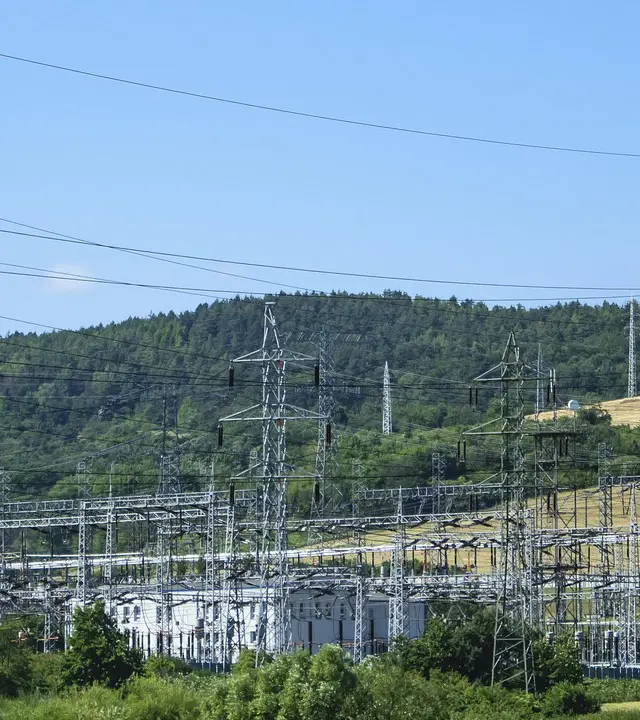
Grid-tied System
Solar inverters can convert the DC power generated by solar panels into AC power and integrate it into the public power grid to meet the energy demand of surrounding users. This solution is suitable for large-scale power generation sites and power grids and requires certain technical requirements and specifications.

Off-grid Generation System
Solar inverters can be combined with battery energy storage systems to form an off-grid generation system to meet the energy demand of areas that cannot access the power grid, such as remote areas, mining in the wild, etc.
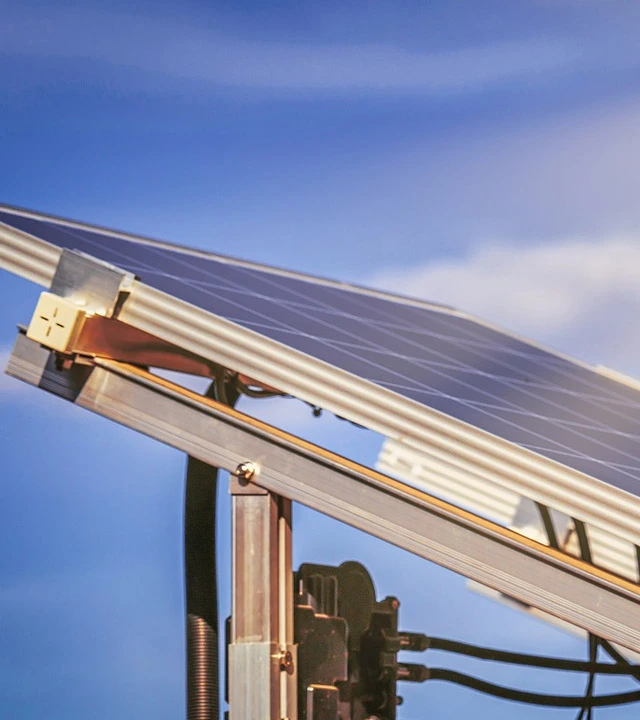
Backup Power Supply System
Solar inverters can be combined with battery energy storage systems as a backup power supply system to cope with power failures, power outages and other emergencies, ensuring the normal operation of equipment and life.
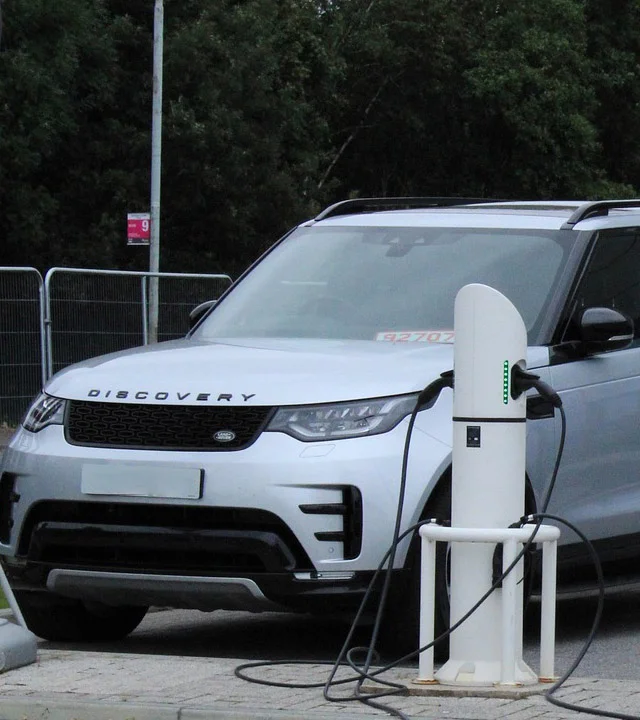
Electric Vehicle Charging System
Solar inverters can store the electrical energy generated by solar panels and use it to charge electric vehicles, reducing dependence on traditional energy sources and lowering energy costs.
Distributed Generation System
Grid-tied System
Off-grid Generation System
Backup Power Supply System
Electric Vehicle Charging System
The basic working principle of a solar inverter system involves three main stages
DC to AC Conversion: The solar power inverter is responsible for converting the DC power produced by the solar panels into AC power, which is then used to power various appliances.
Maximum Power Point Tracking (MPPT): The solar energy inverter has an MPPT function that ensures the maximum amount of power is harvested from the solar panels by optimizing the voltage and current output of the panels.
Grid-Tie or Battery Storage: The AC power output of the power inverter can either be connected directly to the electrical grid or stored in batteries for later use.

Complementary Products for Solar Inverters
Why Choose MOKOEnergy for Your Power Inverter?

MPPT technology
Adjust the input voltage and current to achieve maximum power point tracking.

Efficiency
Convert the DC output of solar panels into AC power with 90%+ conversion efficiency.

Wide input voltage
Enables it adapt to different output voltages of PV panels.

Durability
Designed to withstand harsh weather conditions and different scenarios.

Monitor and Control
Monitor the performance of the solar energy system with software.

Safety protection
Overvoltage protection, overcurrent protection, short-circuit protection, etc.
Contract Turnkey Service
Fully integrated R&D, design, supply chain, manufacturing, automated testing, and applications support.

Customized Design
The inverter is customized and designed according to the customer's requirements to suit their application scenario.

Product Development
Continuously launching new inverter products to adapt to the constantly changing market.

Component Selection
Provide necessary components for the solar inverter system, such as the inverter, batteries, wiring, etc.

Manufacturing
Equipped with sophisticated production equipment and manufacturing processes, 16+ years in PCBA and PCB manufacturing.

Testing
The solar inverter system components will undergo rigorous testing to ensure they meet quality and performance standards.

Commissioning
The service provider will commission the solar inverter system to ensure it operates efficiently and effectively.

Technical Support
Providing pre-sales technical consultations and after-sales technical support to ensure timely technical assistance for customers.

Maintenance
The service provider will provide ongoing maintenance and support for the solar inverter system to ensure its long-term performance and reliability.

Product Quality
Our PV inverters and other PV-supporting products have passed CE, RoHS, UL, FCC, and IEC, etc. Other certifications can be customized as well.
FAQs of PV inverter
As per the output type, PV Inverters can be categorized into 2 types: single-phase inverters and three-phase inverters. According to the functionality, inverters can be divided into standalone inverters, central inverters, and microinverters. According to the working principle, PV inverters can be divided into PWM inverters, FM inverters, AM/FM hybrid inverters, and multilevel inverters. According to the application scenario, PV inverters can be divided into residential inverters, commercial inverters, and large-scale inverters.
The components of a solar power inverter include DC input, AC output, control circuit, display and communication interface.
In a solar panel system, a string inverter is a centralized inverter that connects to a string of solar panels, whereas a microinverter is a smaller inverter installed on each solar panel that converts DC electricity to AC electricity. The main difference between the two is that a string inverter is more cost-effective and efficient for larger solar solar installations, while microinverters are better suited for smaller systems.
The role of a photovoltaic inverter is to convert the DC electrical power generated by solar panels into AC power that can be used in businesses and homes.
The lifespan of a sun inverter ranges from 10 to 20 yrs, some higher-end models can last up to 25 years.
Yes, a photovoltaic inverter can work without a battery if it is connected to the electrical grid.
The cost of a solar energy inverter can vary depending on a number of factors, including the size of the system, the type of inverter, and the quality of the components. The solar inverter price can vary greatly depending on the size and complexity of the solar installation. Residential systems can cost a few hundred dollars, while larger commercial installations may cost several thousand dollars.
You can also use our monitoring systems to obtain detailed performance data such as energy production, efficiency, and system health.
To ensure compatibility with your solar panel system, you will need a solar energy inverter that matches or exceeds the wattage of your panels. For example, if your solar panel system has a total output of 3000 watts, you should select an inverter with a minimum power output of 3000 watts.
Step 1: Determine Your Power Needs. Step 2: Check the smart Inverter VA Rating. Step 3: Choose an Appropriate Battery for the solar power inverter system.

